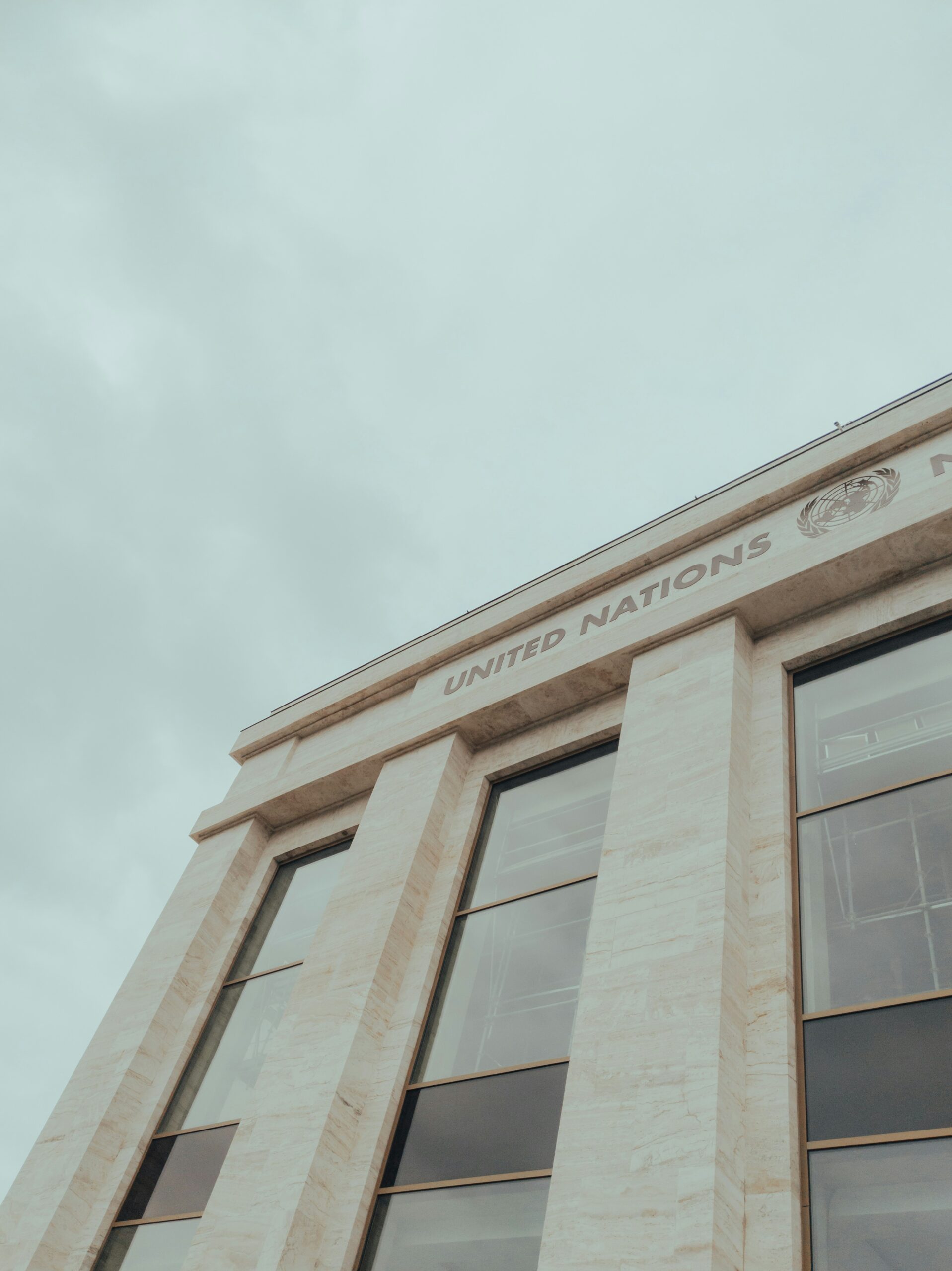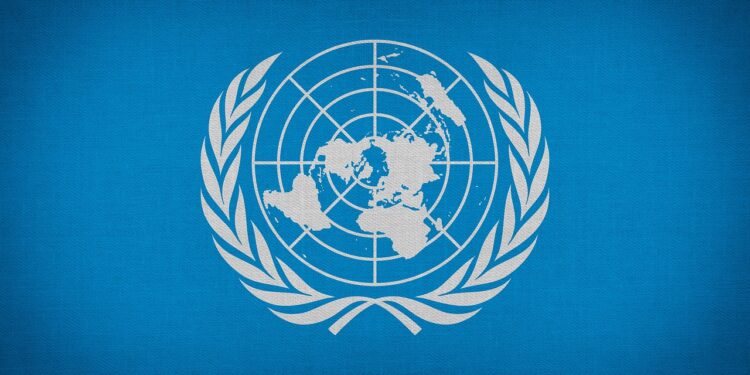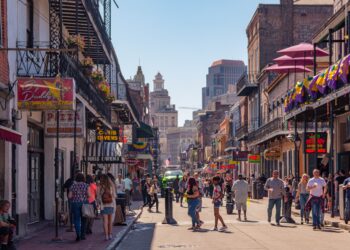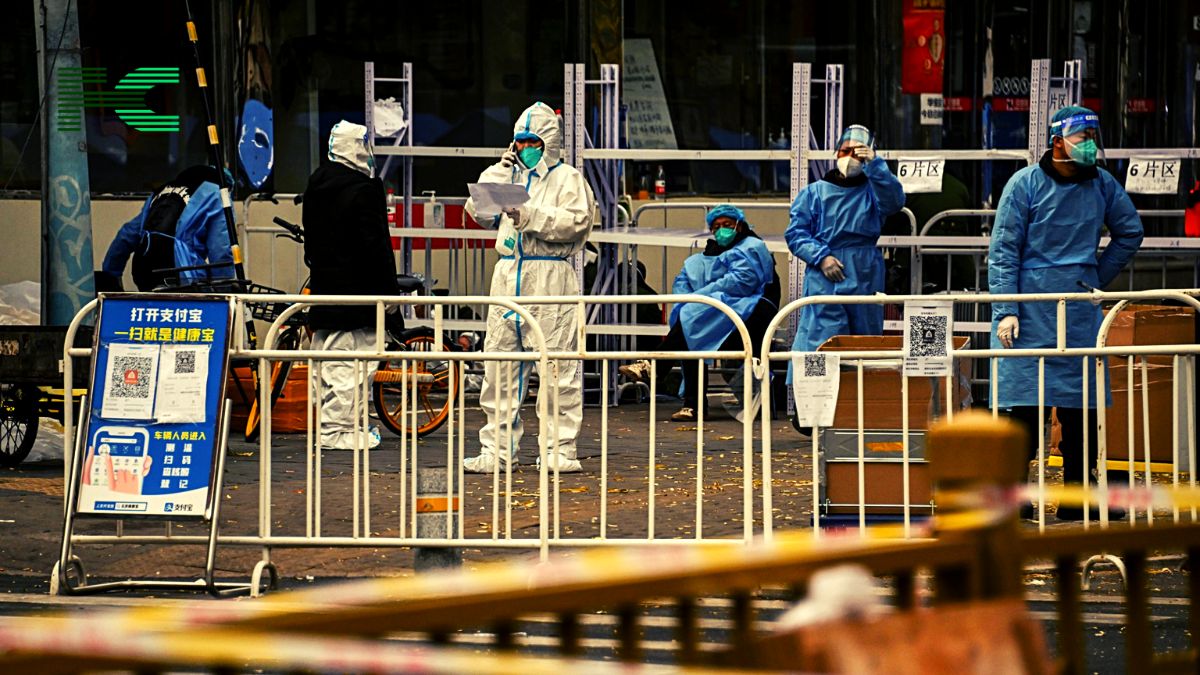Where are Sudan’s missing thousands is the question rising again as the UN warns that tens of thousands of people who escaped al-Fashir cannot be traced, and their disappearance has now become one of the most worrying signs of how deep the crisis has grown. The report from UN staff makes it clear that this is no longer only about conflict, it is now about survival and the fear that entire groups of people may have vanished while trying to flee danger.
The City That Fell After Months of Hunger
The crisis began to escalate after al-Fashir, already suffering from extreme hunger, finally fell to the Rapid Support Forces after months of siege. People who fled told stories of street shootings, drone attacks and families running in every direction with no clear place to hide.

The UN says about 100,000 people escaped when the city collapsed, but only around 10,000 have reached known arrival points. This large gap is why many officials keep asking where Sudan’s missing thousands may be, because it is unusual for such a huge number to disappear without trace.
What People Saw While Escaping
Witness reports are painful to read. Some said civilians were shot in open areas. Others spoke about women boiling wild leaves just to feed their children. These stories show how desperate the situation has become, and they help explain why people ran into unsafe paths instead of the usual routes.
Many avoided the familiar roads because those roads had checkpoints and armed groups. People chose longer, harder journeys, and this is one reason why tracking them has become difficult.
Why the Numbers Don’t Add Up
The UN believes many of the missing are stuck somewhere between towns, too scared to continue. Some groups include older people, sick people, or children who cannot walk long distances.
Officials also said some groups fear being sent back to al-Fashir. Others may be hiding because they don’t trust the checkpoints. All these reasons make it harder to know where Sudan’s missing thousands have gone, and whether they are alive, injured, or trapped.
The Danger Spreads to New Areas
The conflict has now moved into Kordofan, which sits between areas controlled by the RSF and regions held by the Sudanese army. This shift means more displacement may happen soon.
UN staff worry that the crisis will spread even further if fighting continues. People already walked hundreds of kilometres to reach safety, with some travelling up to 1,000 kilometres. That alone shows how desperate they are.
The Human Cost
Behind all the numbers are real families. Mothers carrying children. Young men who never reached the next town. Elderly people left behind because they could not move fast enough.
This is why the question of where Sudan’s missing thousands are is not just a statistic, it is a human question. Every missing group represents lives at risk in a conflict that keeps expanding.
Bottom Line
In the end, the UN warning is not only about figures. It is a call for attention, a reminder that something is very wrong when tens of thousands disappear between one town and the next. The fear around where Sudan’s missing thousands may be is now a symbol of how dangerous Sudan has become, and how urgently the world needs to understand the scale of this suffering.

















